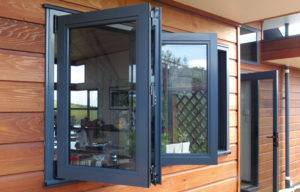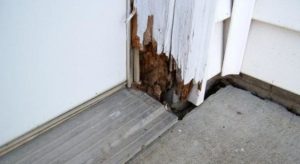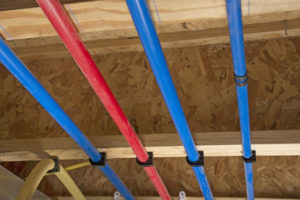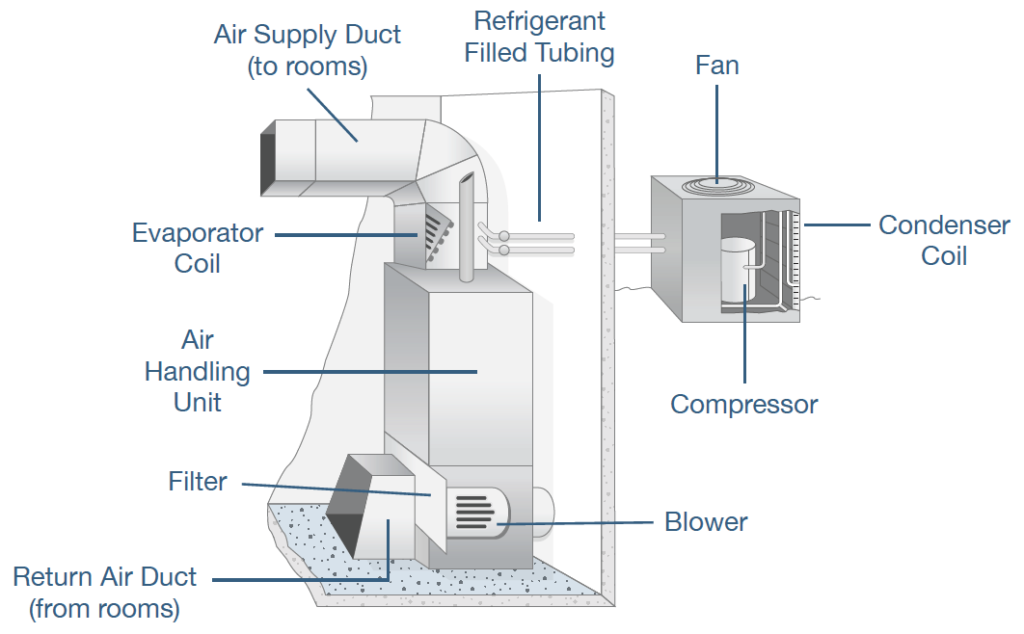You’ve lived in one your whole life, but is the structure of a house still somewhat of a mystery to you? We’ve put together this 3 part series, released weekly, as a simple guide for a crash course in what makes up a house. We’ll stay out of the weeds with details, but rather we’ll focus on a description of the 11 main systems of a single family residence and some key things to know about each. Houses are built mostly in the order below, though some components are built in multiple steps due to waiting for other parts of the house to be completed first. This guide is designed for the average homeowner who seeks a base knowledge of what goes on behind those walls in order to empower them to maximize the asset they own.
The systems that make up a house are:
The Structure:
1. Foundation
2. Frame
3. Roof
The Functional
4. Windows/Doors
5. Plumbing
6. Electrical
7. Heating & Cooling (HVAC)
The Finishes
8. Siding / Gutter / Soffit / Fascia
9. Drywall & Paint
10. Interior Finish Carpentry
11. Finished Flooring
Today we’ll move through the Functional components: Windows/Doors, Plumbing, Electrical, HVAC.
4. Windows/Doors

Windows are pretty simple. They will lean into the frame of your house and have trim/caulk added on both sides of the wall for aesthetics and protection from rain. As of today, the building standard is a vinyl, double hung window. If you look at any window in your house, you’ll probably see two main sections of glass, one top section and one bottom section. Those are each called a sash. If they can both move and slide up and down, you have a double hung. Most newer, vinyl windows also have two glass panes in each sash with gas between them for energy efficiency.
The oldest type of window you would see on a typical basis would be the wooden window (everything but the glass is wood). Not long after, metal and aluminum windows became typical. It was perhaps around the early 2000s that vinyl started to become the growing standard. The most typical advantages to updated windows would be a lower energy bill, aesthetics, and function (old windows may stick or have cracked panes, etc).
Moving past the basics, the main pro tip we have is to keep an eye on windows for a subtle leak around the outside allowing rainwater past the siding. This will rot out and damage the frame of your house and wherever else the water gets to. Windows should have a nice caulked-in seal around the outside after the trim is wrapped around the window. If the drywall looks unusual under the window, this could be a sign of water getting in.

Doors are even more simple! However, there is common problem with exterior doors that doesn’t seem to go away. When doors don’t have an awning or at least an eve extended a little past the exterior wall, it is inevitable that the bottom outside wood of the door frame will rot. There are some door trim materials that are resistant to water damage, but time is not in their favor. All exterior doors are best to have some sort of rain cover.
5. Plumbing
 Plumbing is known for being sneaky! Hidden in the walls and floor joists, it’s hard to know there’s a problem until visible damage has been done.
Plumbing is known for being sneaky! Hidden in the walls and floor joists, it’s hard to know there’s a problem until visible damage has been done.
There are two systems in your plumbing: supply and drain.
Supply Lines
Supply plumbing comes from the city. In Davidson County of Tennessee, most water meters are in the ground of the front yard near the street. This is your “main” water valve and each 90 degrees of rotation on the valve will alternate between on and off. The primary differential of supply plumbing is that it is pressurized to push water out of your faucets. Thus, the pipe materials used must be strong and a sprung leak would mean a lot of damage to surrounding parts of the house very quickly. The supply plumbing also has two systems: hot and cold. Some of the water from the main line goes straight to your water heater, and is then pushed out to all the hot sides of the fixtures.
Supply pipe material has evolved. Starting around the 1960s, Galvanized pipe was perhaps the original standard but is cause for concern if seen in a house today. Eventually copper became the preferred material and is still considered “up to code” and acceptable. In recent years, PEX has gained market share for it’s flexibility (easy to install, harder to break) while still maintaining the strength to hold the water pressure. Most homes built today will use PEX throughout. The commonly-toted advantage of PEX piping is its ability to expand if the water inside were to ever freeze, thus preventing a leak.
Plumbing fixture is an important term to know as it refers to anywhere the supply pipe converts to a valve to be controlled by a person for their use. Faucets, shower handles, outside spigots are all fixtures.
Drain Lines
Drain, also known as sewer, pipes deliver drain and toilet contents back to the city for water treatment. They were built cast iron or even lead for many years. Both can last perhaps 100 years, but if any are seen in a house today, they are likely due to be replaced at any moment. The standard for drain pipes for several decades has been the white PVC pipe (pictured here).
Drain lines aren’t pressurized, so a leak wouldn’t be nearly as catastrophic. A little bit of maintenance and care goes a long way with these lines as most damage we’ve seen was easily preventable if the homeowner or tenants had paid attention. Common problem areas are under the toilet where bowl contents drop into the pipe and where the corners of the floor meet the bathtub/shower and wall (floor will be “spongy”). Drain lines also have the bonus feature of being able to clog! Be careful of what you send down the drain or toilet, as a child’s toy could become a $1000 repair!
To sum the plumbing section, a homeowner should take care in simply paying attention to symptoms of problems, and repairing right away. The longer a plumbing issue can carry on, the further the extent of damage. In a single story home, plumbing is almost always run between joists under the floors. They will take the shortest route from the main line outside, straight to the faucets or water heater. Drain lines will maintain a constant slope under the house until, typically, they converge into one big pipe that runs back to the city.
6. Electrical
The electrical system in your house is mostly known for the incredible conveniences it allows as well as for it’s capacity for danger. Power runs from the the utility company into the Breaker Box AKA Electrical Panel. This panel splits the power into separate circuits and sends them out to various areas of the house. The circuits will have mostly outlets emerging from the walls, the circuits will also run power straight to some fixtures such as lights or a water heater.
*When it comes to safety, the most important fact to remember is that your body has to be the path that completes a circuit for electricity to flow through you and shock or electrocute you. This law manifests itself in many different ways.*
Much like all the other systems of the house, electrical has continued to innovate over the decades. The two big changes are breaker panels and grounded wires. Electrical Panels are now constructed with breakers. If something shorts, it trips a breaker instead of blowing a fuse. If your outlets only have two holes, your system is not grounded. Grounded circuits are safer and two-prong outlets are cause for concern. Another of the latest upgrades is a new type of outlet called GFCI that provides additional protection for outlets near water sources (typically kitchen and bath).
Electrical problems can be hard to predict and take many shapes and forms. The good thing is, however, most homeowners can go years without an electrical repair. Make sure everything is done by the book, and you’ll be free of problems!
7. Heating & Cooling (HVAC)
Some climates don’t need houses to be cooled, or perhaps heated, but nearly all of them need at least one of the two. Baseboard heat, ceiling radiant heat, window AC units… They are all largely a thing of the past!
Today’s standard is maintaining a comfortable temperature through central forced air. This means an HVAC unit alters the temperature of air and then pushes it through duct pipes into the rooms of the house. A return vent pulls air back to the unit. The standard system in the Nashville and Middle TN area is a heat pump, which uses a refrigerant in the pipes which can be forced to change from liquid to gas or vice versa, thus changing it’s temperature properties.

Most HVACs last 10 – 15 years. Most HVAC companies will tell you to have your unit tuned up twice a year, but we find that to be excessive. Be sure to change the air filter on your return vent regularly. This is a very low cost expense that will extend the life of your large investment significantly. HVAC repairs are tough to “Do-It-Yourself” (DIY) because the units are complicated.